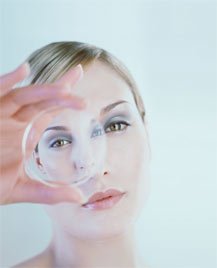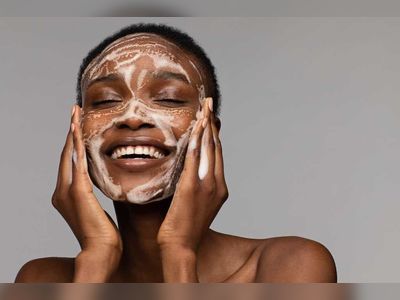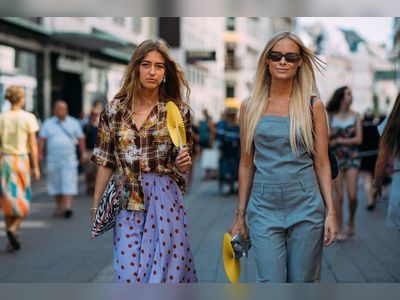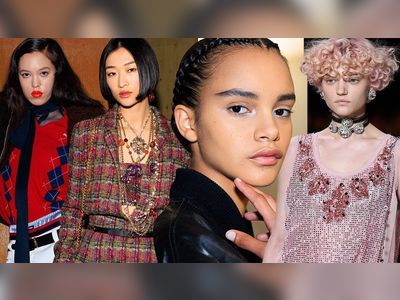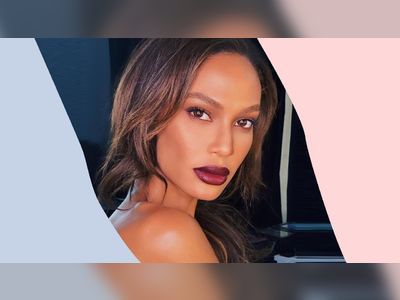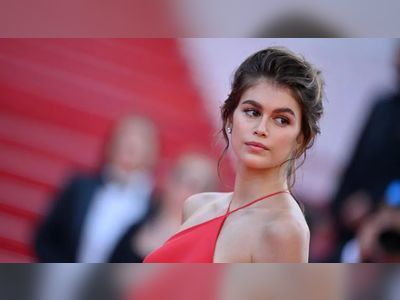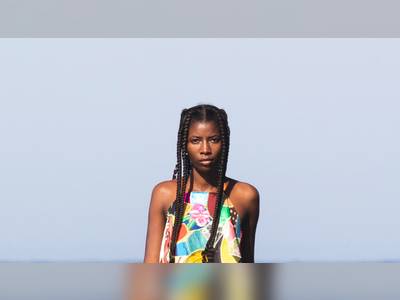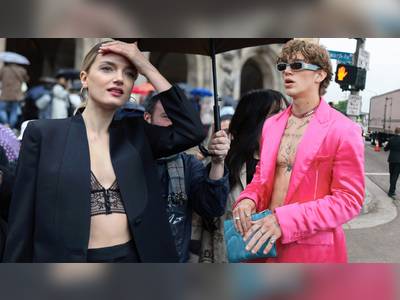Natural genius
Butterfly wings and peacock feathers rely
on the interplay of light and the structure
of material to produce the colour we perceive.
These beautiful creatures appear
to have brilliant colour, even though the
material they're made of has little or no
colour at all. Scientists have borrowed
this idea from nature, and in cosmetic-speak,
this new science is called
'interference-based make-up technology'.
It becomes even more magical when light passes through a number of layers and bounces back and forth, reflecting off surfaces until it eventually comes into view as...ta dah... iridescence! The technology makes the colour of make-up irrelevant – because it relies on the structure of make-up, rather than on pigment. The challenge is to make these effects appear on an eyelid, a lip or even an eyelash.
There are hybrid cars and
then there's hybrid lipstick...
Most of us know the frustration of buying
a lipstick, taking it home and finding that
the colour looks very different on our lips
to what it did in the tube. Pigments that
are commonly used in lipstick are either
organic or inorganic, each of which has
limitations which cause problems, such as
colours that are not 'true'. 'And because
international regulations have reduced
the number of
pigments that
can be used in
cosmetics, the
final palette of
colors has
become more
restricted. All
this makes
innovating and
creating new shades...a real challenge,'
says Jason.
In order to develop new pigments with new color properties, the teams at L'Oréal in Japan based their work on Japanese expertise in assembling composite materials or hybrids. Together with Toda Kogyo, L'Oréal have developed three new hybrid pigments that consist of an inorganic material with an outer shell of organic pigments which are already used in cosmetics. These three new pigments have special optical properties: they're more luminous, they have great coverage and they're very rich in colour. When used in lipsticks, they make colours purer and more intense, but above all, the degree of exactness between the color of the lipstick in the bullet and the color applied to your lips is higher than that of conventional pigments. Good news if, like me, you've amassed far too many lipsticks that don't look quite right.
Hi tech skin care
We've seen nutritional supplements for
skin, hair and nails become mainstream,
but what about probiotics? L'Oréal, in
collaboration with Nestlé, is exploring
an oral, holistic cosmetic approach:
keep an eye out for probiotics or living
micro-organisms formulated in fresh or
specially-packed cosmetics. As a first
stage, L'Oréal has developed 'dermobiotics',
a pure bacteria extract with
a probiotic profile that stimulates the
skin's natural defences.
Did you know...
...that wearing make-up scientifically
reduces the chance of injury?
A study done by specialists and L'Oréal scientists at the Ecole Polytechnique Fédérale de Lausanne involved 85 elderly women and measured the impact of wearing make-up on the possibility of falling. Using special walking sensors, chemical measurements and psychological tests, they could reliably prove that the positive impact of wearing make-up helped to reduce the risk of falling – and therefore fractures of the femur – in women over 65. Yet another anti-ageing property of make-up!
